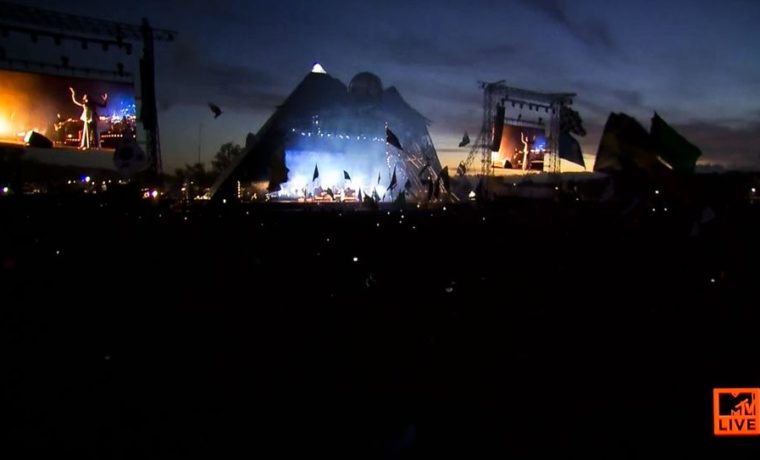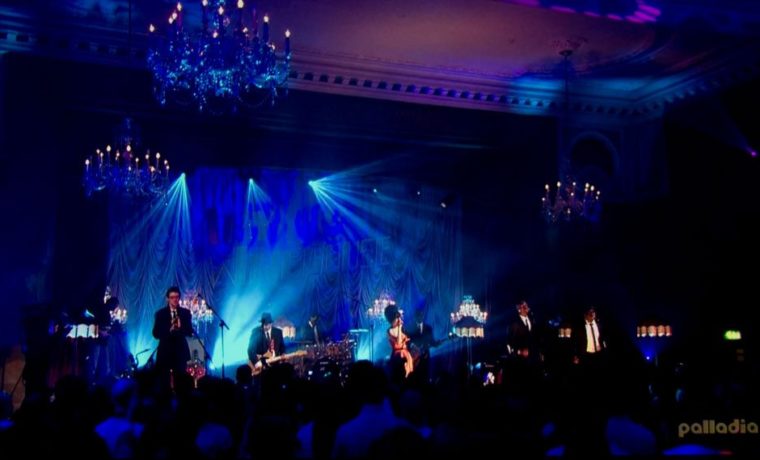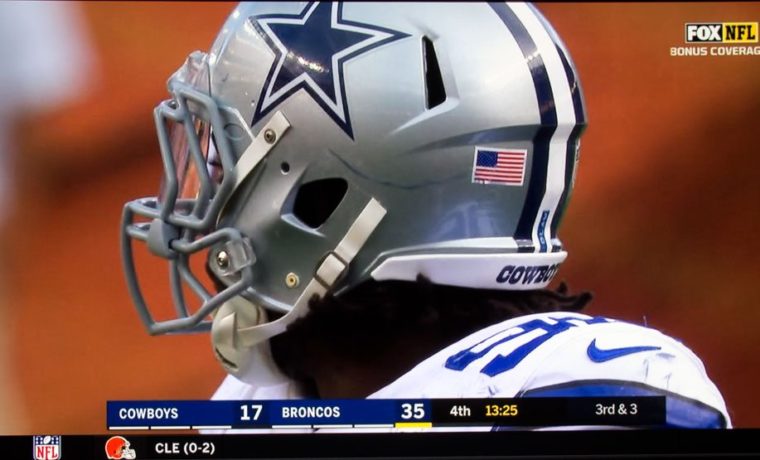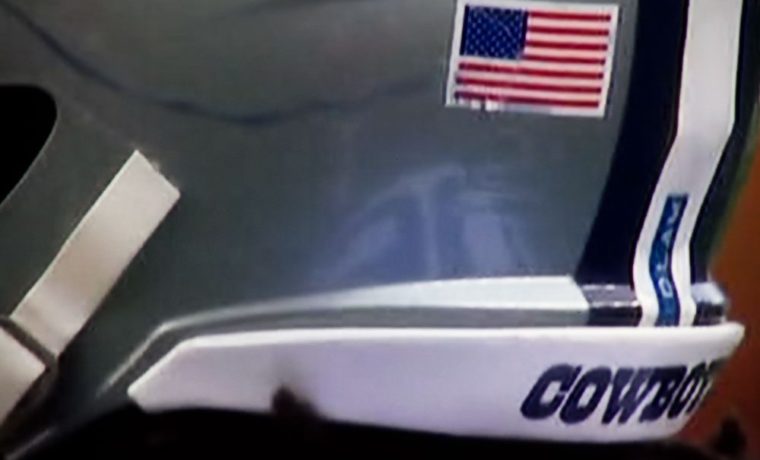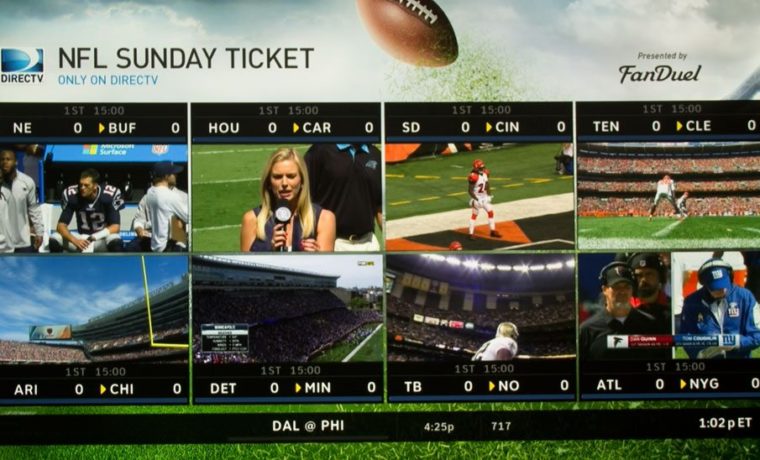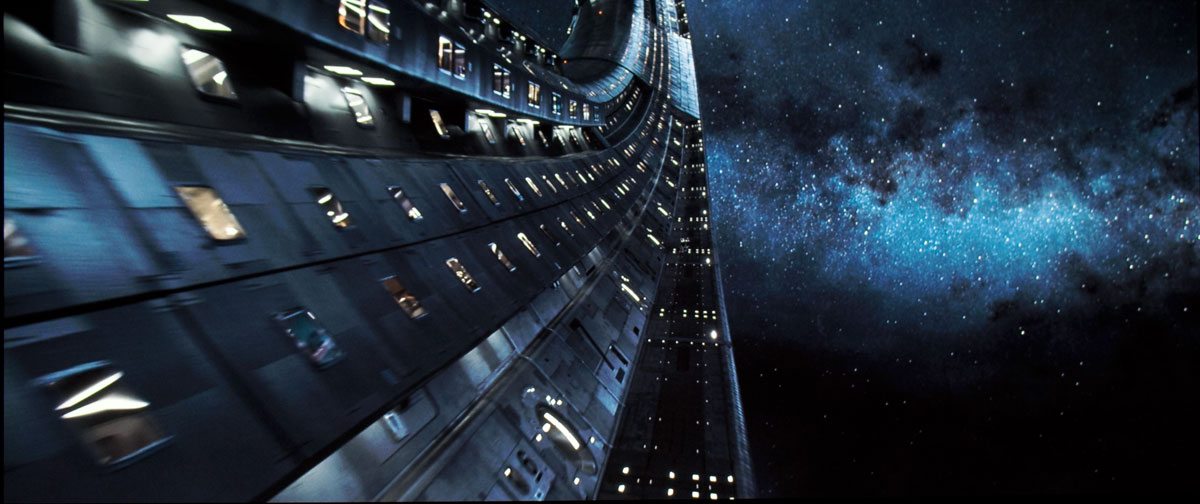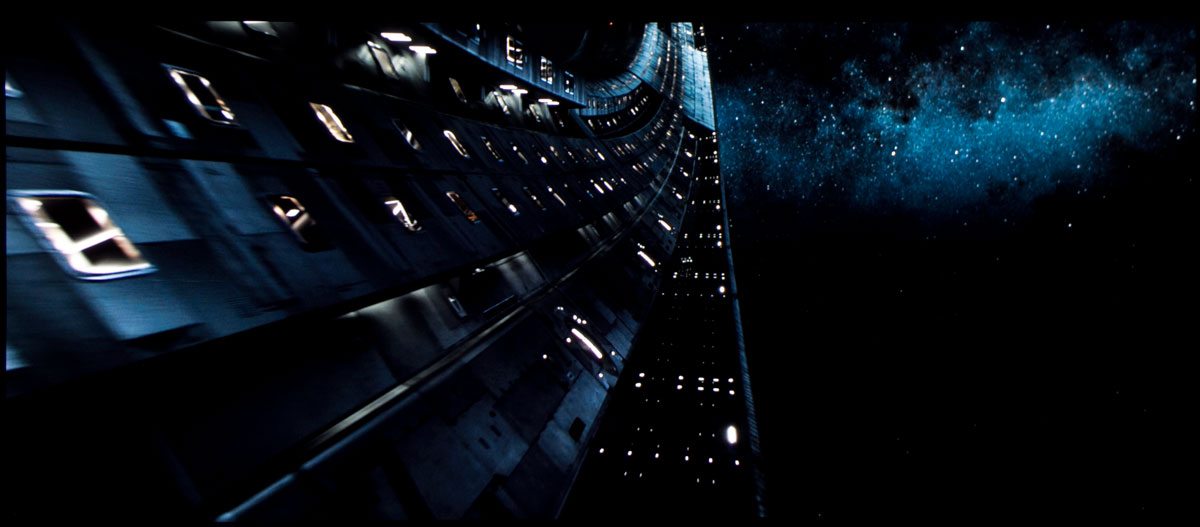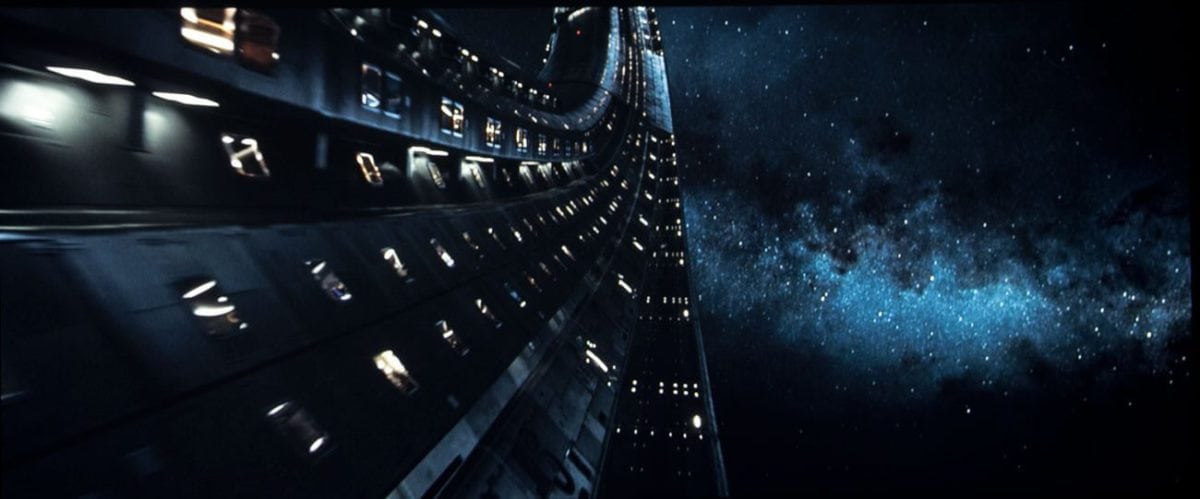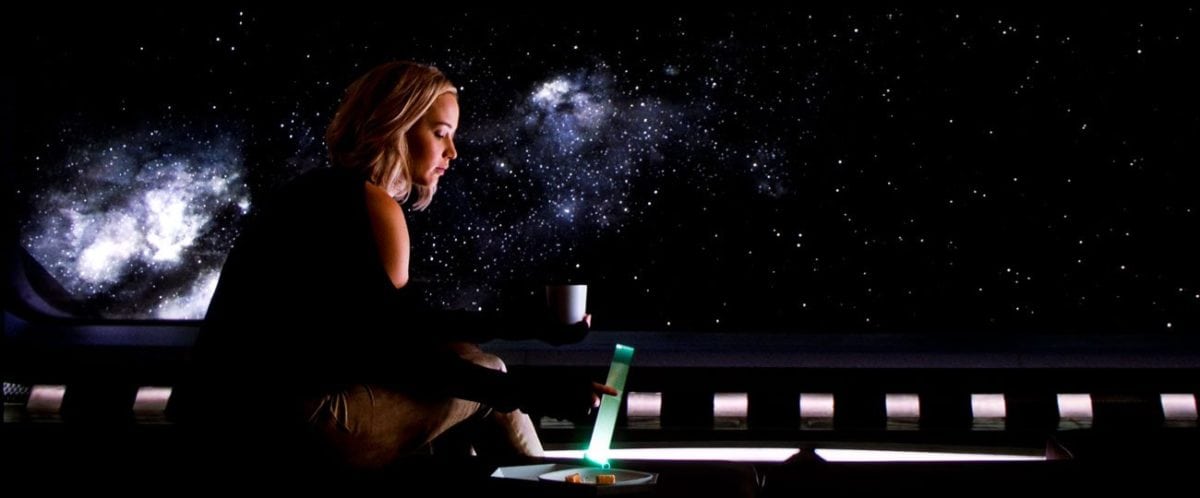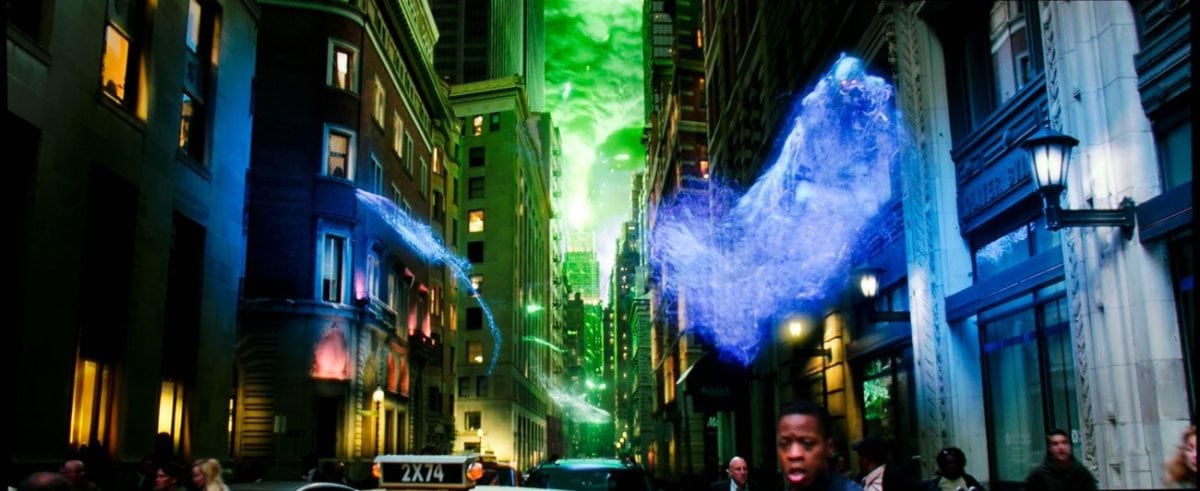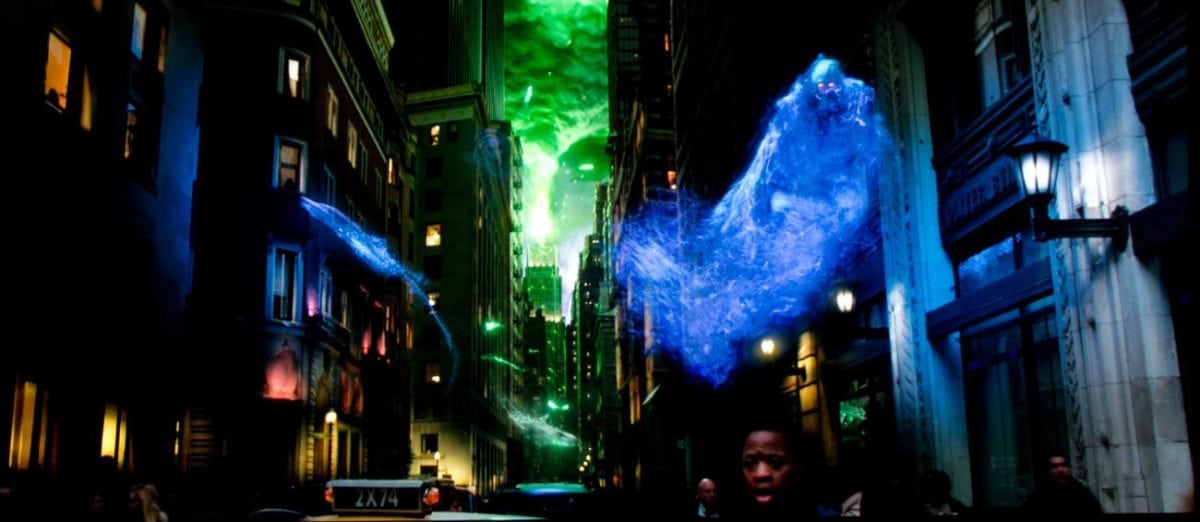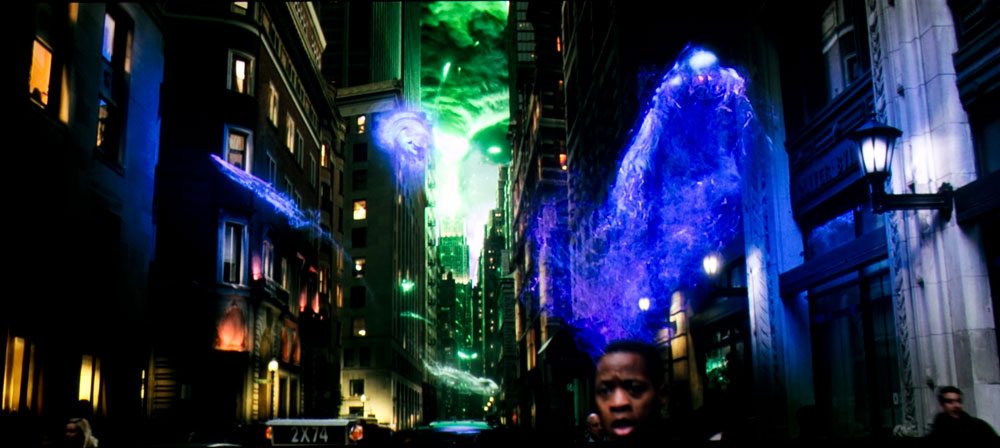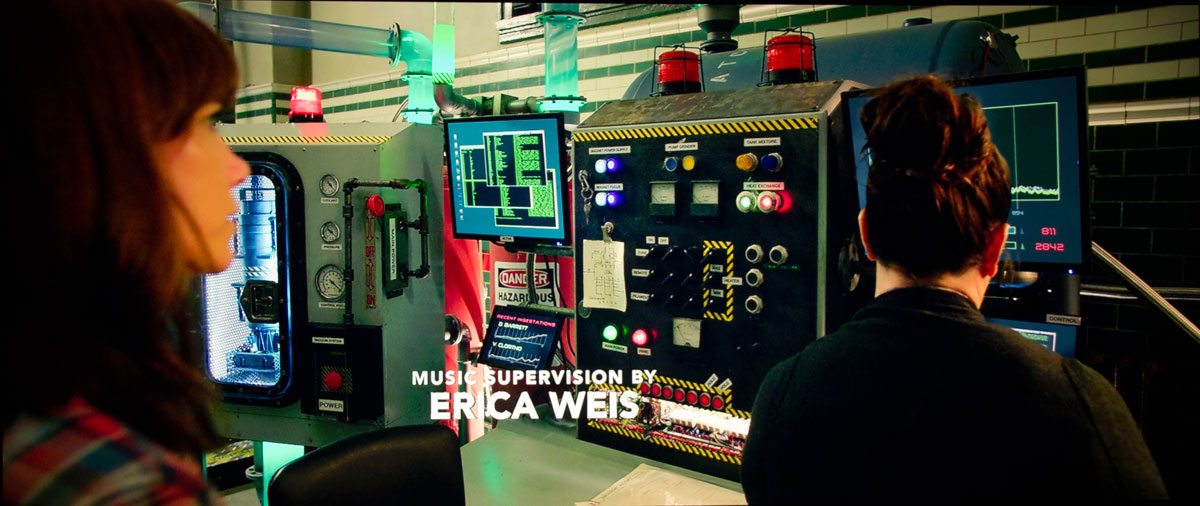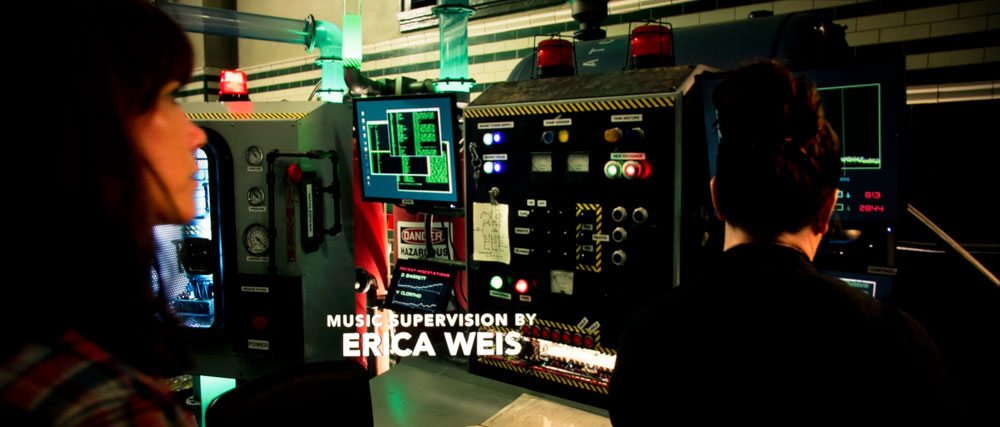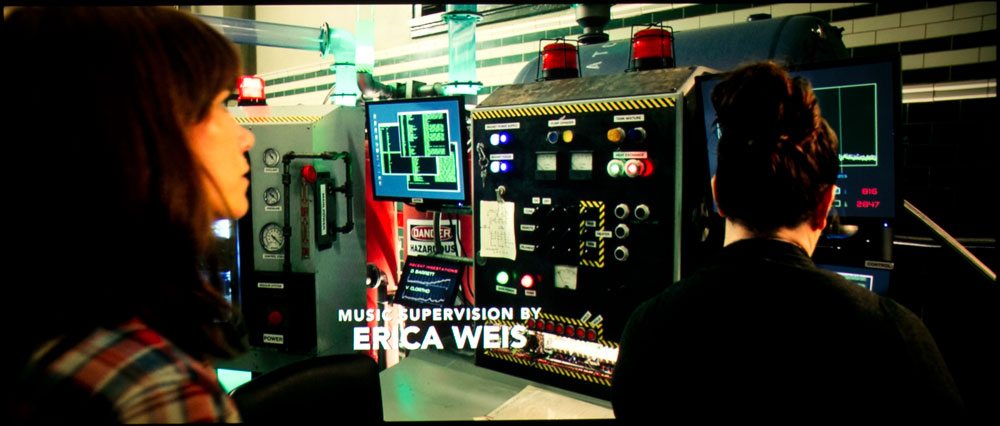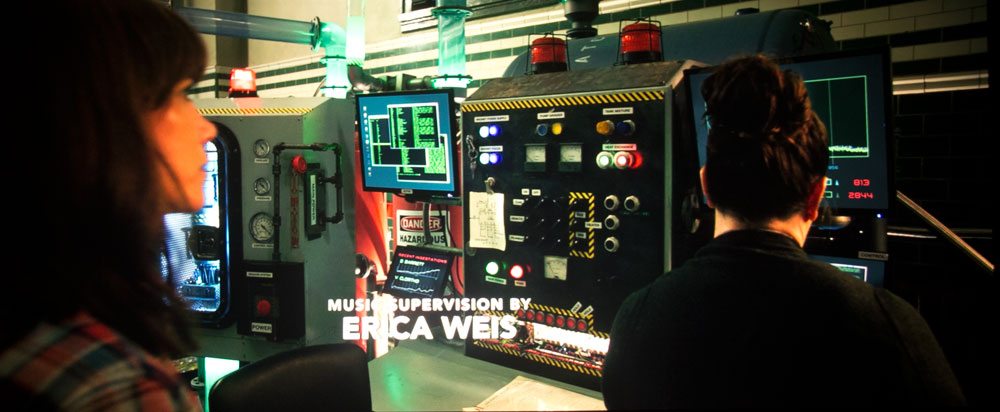The key strengths of this projector are the razor sharp image – sharpest of any 4K UHD DLP projector I’ve seen, some very impressive color, a healthy set of inputs, extremely quiet operation (especially compared to many other 4K UHD and other pixel shifting projectors) and a very bright picture!
On the downside, there’s a “flashy” problem at power up that goes away in the first seconds or maybe up to minute or so that BenQ probably has already fixed by the time you read this. I have been working with a pre-production version HT9050. I can’t confirm either way.
It also lacks CFI – Creative Frame Interpolation – for “smooth motion.” That’s surprising. As I have written many times, CFI is a nice feature to have, especially for sports viewing, but I recommend not using it for movies, as it “changes the director’s intent.” Still, many folks have it on, on their LCDTVs and just don’t know better. I don’t think any $9000 HT projector should lack CFI, but I don’t see it as a deal breaker.
From the enthusiast’s standpoint, the feature of note that is absent, is HDR – High Dynamic Range. True, the BenQ HT9050 does support the expanded color space for richer and more intense colors, but not the HDR itself. That’s a bit sad, since far lower cost 4K UHD projectors like the Optoma UHD65 and UHD60, the Acer V7850, etc. do offer HDR. Those, and 4K capable 3LCD projectors starting at $2000, offer HDR.
Now, with that out of the way, the question becomes: What is the…








